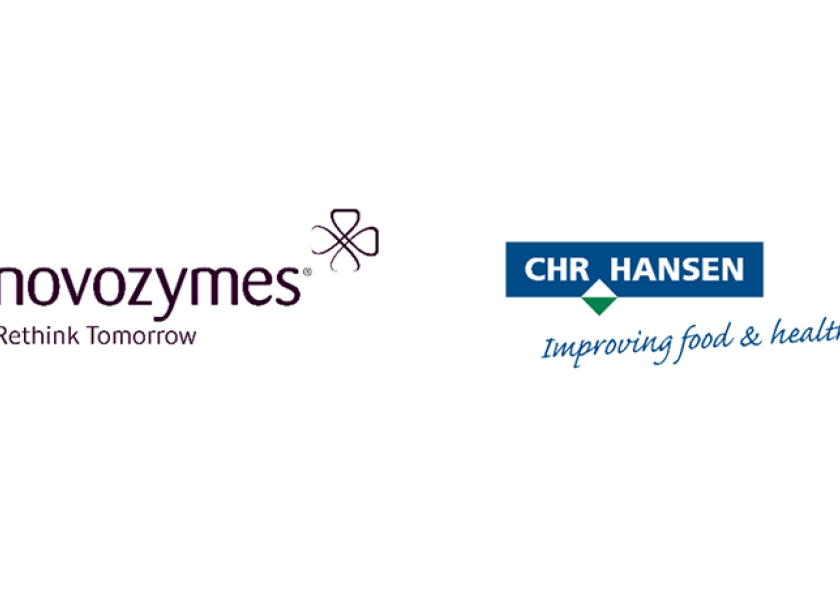Actinovate From Novozymes Returns To Market

Actinovate from Novozymes shields crops from disease.
“Actinovate is an easy-to-apply, OMRI-listed solution for conventional, organic, greenhouse or even hydroponic growers,” says Jason Ward, North America Commercial Operations Lead, Novozymes. “Actinovate can be used on a broad spectrum of crops, from almonds and melons to mushrooms and walnuts.”
“Novozymes is pleased to again offer Actinovate directly to the marketplace,” adds Guillermo Bort, Global Business Unit and Marketing Director, Novozymes. In prior years, Novozymes sold Actinovate exclusively through Valent. “Actinovate is OMRI-listed and registered in nearly all states, including California. Novozymes is prepared today to ship Actinovate to customers.”
The beneficial microorganism in Actinovate, Streptomyces lydicus, works prior to disease onset by colonizing plant structures and attaching to the root zone or foliage to form a protective barrier around the plant, keeping foliar and soil pathogens out. Actinovate forms a symbiotic relationship with plants in the rhizosphere and feeds off plant waste, secreting beneficial byproducts.
Those byproducts include a high level of chitinase, an enzyme that breaks down a structural component of fungal cell walls, siderophores that capture iron and starve competing microbes, and compounds that kill or repel other microbes.
Actinovate can be used to protect crops against diseases including downy mildew, fusarium, phytophthora and many more. Actinovate becomes active in the soil when the temperature is above 45 F.
Actinovate can be applied by drenching, chemigation, or foliar spray and is non-phytotoxic. Only minimal agitation is needed, and Actinovate is suitable for tank mixes with appropriately labelled products. Aerial application is not recommended to achieve maximum product coverage







